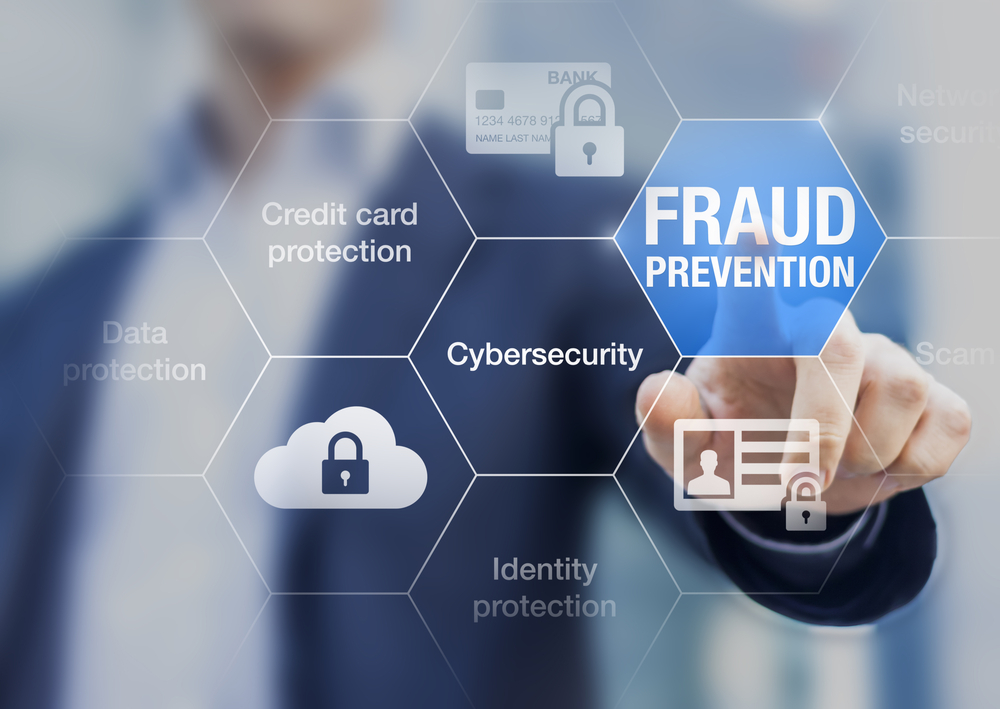Fraud has always been an issue. However, the spike in card fraud in 2013 has increased concerns and caused interest and a shift towards EMV. EMV stands for Europay-MasterCard-Visa. As explained by Nigel Beatty, Regional Vice President and Senior Consultant of Technology Banker, “EMV is a set of standards defined by Europay, MasterCard and Visa; back in the 1980s, hence the acronym EMV. But the ‘E’ in EMV does not exist anymore. Europe used to be MasterCard’s licensee in Europe but it merged with MasterCard International to form MasterCard Inc., now known as MasterCard Worldwide.”
The percentage of card fraud experienced by businesses has been on the rise. However, it would seem that 2013 came as a bit of a shock. With the EMV chips making their way to the U.S., criminals seem to be taking advantage of the U.S.’s mag-stripe-based card system as much as possible. “We are seeing quite a dramatic increase here,” says Magnus Carlsson, manager for treasury and payments at the association. “Previous to this, [card fraud] has been fairly flat, so this [increase] is trend-breaking.”
Those overseas enjoy security measures that are now common to them. Here in the U.S., however, criminals have moved from using checks as a way to exploit and have gone to cards due to these lapses in security. As a result of this spike in card fraud, the nation’s card networks are quickly seeking changes. According to John Stewart of Digital Transactions, “The nation’s card networks have set an October 2015 deadline for card issuers and merchants in the U.S. to convert to EMV. Those that aren’t capable of handling EMV by that date will be responsible for counterfeit card fraud.”
How do the businesses themselves feel about these changes? The Association of Financial Professionals (AFP) has shown that businesses are ready to pay the price for new equipment since it will mean a reduction in fraud losses. In actuality, businesses sustain very little in dollar losses when it comes to fraud. The majority of cases are fixed with no actual costs. According to Stewart, “Forty-two percent reported no costs at all, while another 47% said their costs were less than $25,000.”
While the costs experienced by businesses are usually minimal, due to the “clean-up” process”, it does seem that EMV may provide an overall reduction in the fraud itself. Stewart also reports that “Some 43% of businesses report they were exposed to card fraud in 2013, a whopping rise of 14 percentage points from 2012, according to the latest annual fraud survey from the Association of Financial Professionals.” Only time will tell just how successful the EMV will be in reducing fraud after it is implemented and time goes on.
For more information, contact us today at 818-621-4893.


